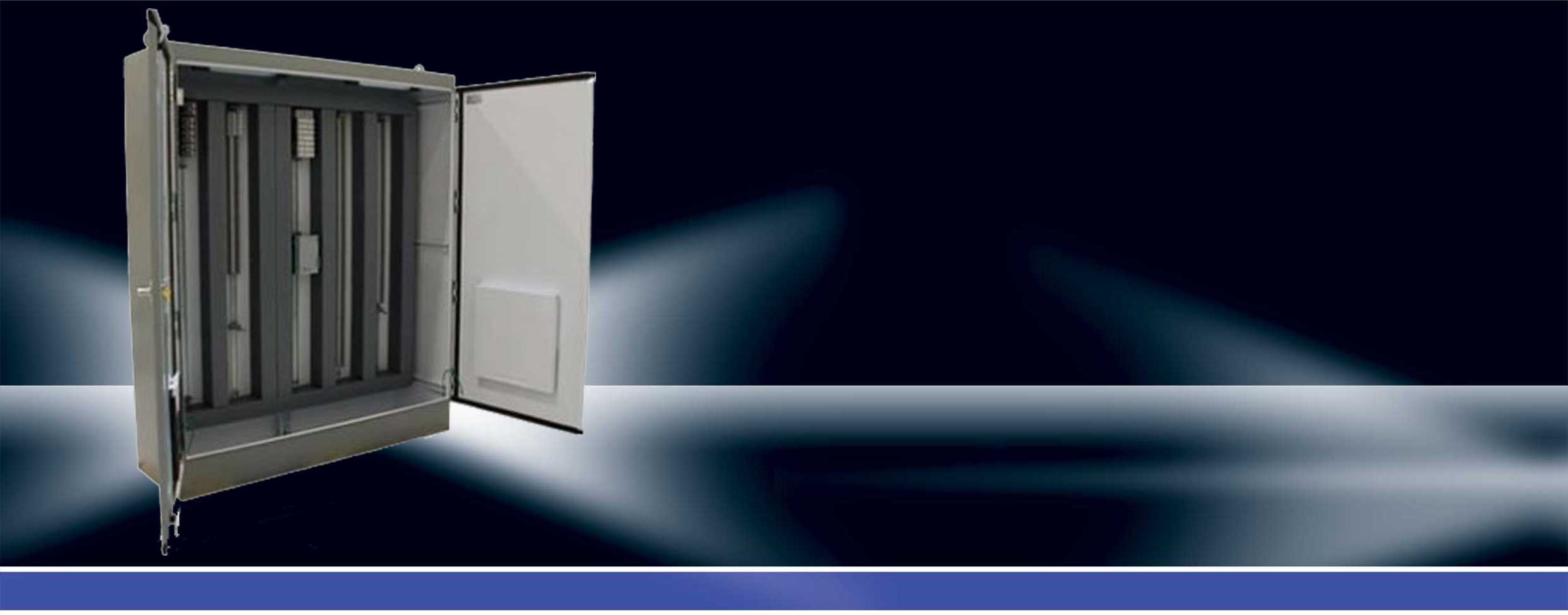How Do Marshalling Panels Work?
The process of connecting field signals to process controllers is pretty standard, no matter what industry you’re dealing with. Firstly, the field signal wiring is brought to local junction boxes. These are similar to the junction boxes we’re all familiar with in our own homes. These boxes are then consolidated into more centralized junction boxes, which are in turn grouped into multi-core cables. The grouping is often done according to common characteristics, such as analogue or discrete, for example, or high or low voltage. Finally, these cables are brought into the marshalling cabinets. The output of these cabinets is then connected to the control system.
The main idea behind this marshalling process is to bring all the relevant instruments into the control room in a way that’s not only cost-effective, robust and durable, but which is also well ordered and easily maintainable.
Marshalling is usually carried out in one of three ways: cross-wire, fan-out and half-knit.
As discussed in the Typical Instrumentation Architecture and Automation System, the automation architecture of the plant has a marshalling cabinet between the junction box and the system cabinet. This marshalling cabinet function serves to interconnect the incoming field wire (which is usually a multi-pair cable) and the connection of the I/O card (input / output). Without marshalling the cabinet, we can ensure (for a large amount of I/O) that there will be problems for the operating personnel to maintain and operate the wiring.
One of the important interface function of the marshalling cabinet is the cross wiring function. Cross wiring is always necessary since the incoming field signal and the channel quantity of the I/O card is always different. For example let’s say we have a 24 pair incoming field cable that carry 20 field analogue signal. This field signal will be split at least into two analogues 16 channel I/O card. The First 16 I/O will be in the first 16 channel I/O card and the other 4 will be in the next 16 channel I/O card. To have this split wiring (cross wiring) in the system cabinet is not a good practice from the operation and maintenance point of view. Thus the marshalling cabinet is needed. Another cause of the cross wiring is the mixed of I/O signals that coming from the field. The incoming multipair cable can have mixed AI (Analog Input) and AO (Analog Output) signal in the same multipair cable. This mixed signal will be split in the marshalling cabinet so that the AI signal will be terminated in the dedicated AI termination board and so do the AO signal.
In some application such as voting application for safety system (i.e. 2oo3 voting) there is a requirement to have the I/O signal allocated in the different I/O card so that the common fault cause can be avoided. This application of course once again need a cross wiring in the marshalling cabinet.
In typical application, the marshalling cabinet is having the following cable routing.
1. The multipair field cables enter the marshalling cabinet through the bottom of the cabinet.
2. Then each wire of the incoming multipair field cable is terminated in the surge protection devices or surge arrester. If there is no requirement of such surge protection devices, each wire is terminated in the terminal block.
3. From the surge protection devices, in Non IS application, there will be a cross wiring that match the field signal and the I/O address assignment in the termination board. If the system is IS, then before cross wiring, each wire connection is routed first to the IS Barrier.
4. The dedicated system cable that has a ‘plug and play’ connection is then routed from the termination board to the I/O card in the system cabinet.
5. Some termination board may require a dedicated DC power supply that can be taken from the DC power supply in the marshalling cabinet.



